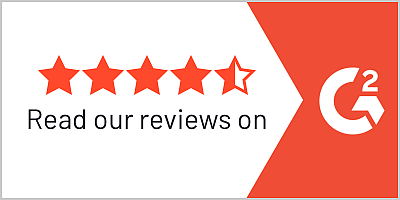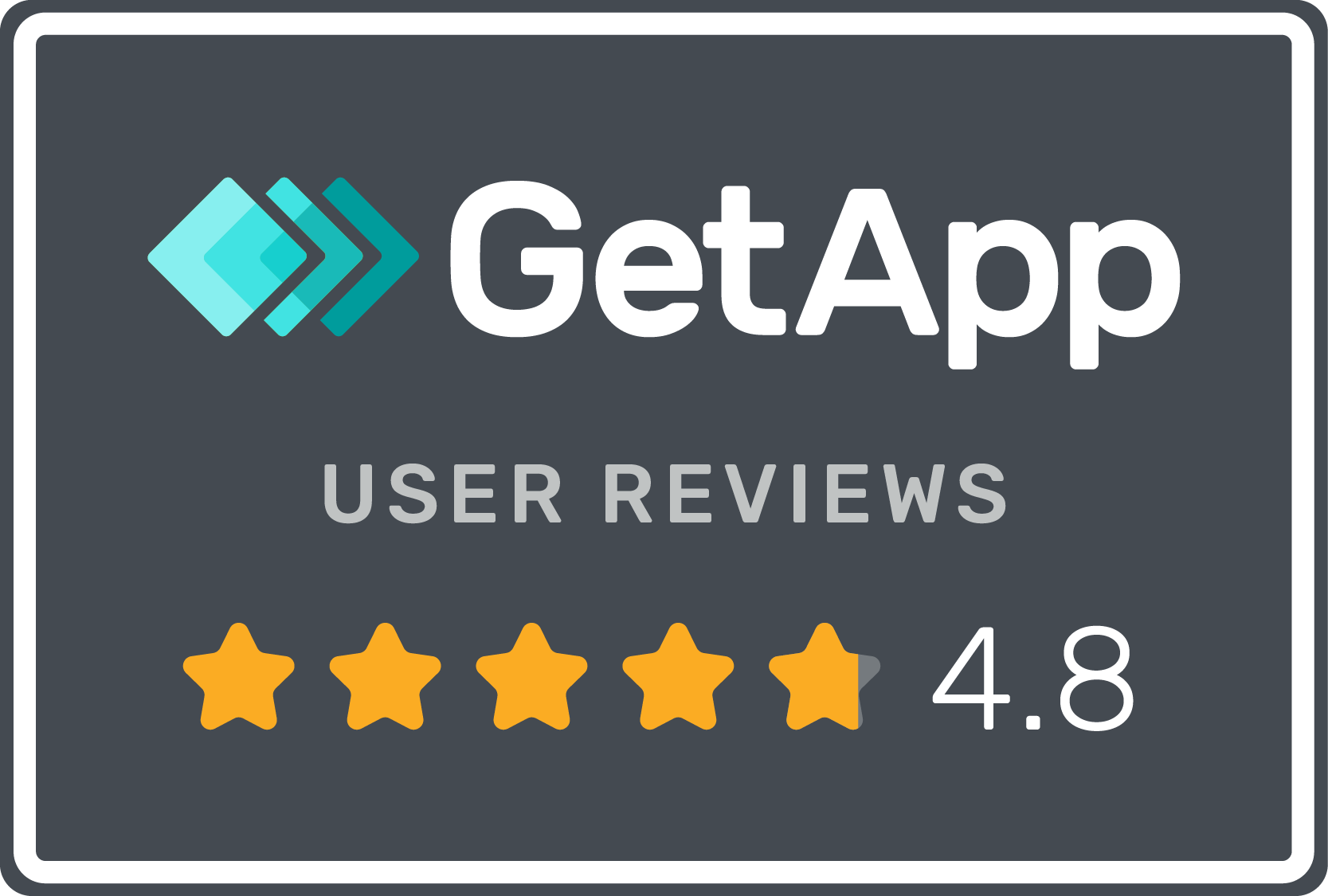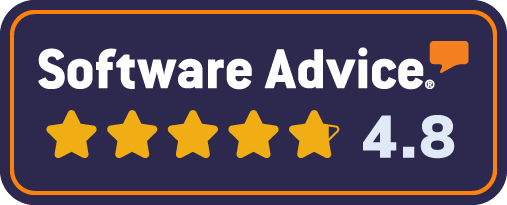Putting a Hard Value on Your Anonymous Feedback Program
Posted December 27th, 2018

Before initiating an anonymous feedback program, many organizations attempt to forecast its annual value in terms of revenue saved or earned. Those who have tested anonymous feedback programs in the past have an excellent benchmark to gauge future results, but for those who have not, forecasting can be a challenge. Cost-effective and simple-to-setup solutions like Incogneato make it easy to launch a short-term test to collect data without incurring a significant expense. However, some organizations have internal policies (or preferences) that require a forecast before any program can be initiated.
Here are several strategies to help you forecast or gauge the hard value of your anonymous feedback program:
Look at Employee Retention
According to SHRM, the average cost per hire is $4,129. Another study found the cost of re-hiring a midrange position ($30-$50K per year) to be 20% of the employee’s future salary. But how do you know if you’ve actually retained an employee by addressing their anonymous complaints?
Due to the nature of anonymous feedback, you cannot actually tie an individual employee to a problem solved. You can, however, look at the severity of the anonymous complaints you’ve addressed. For example, you will likely not lose an employee over unpalatable vending machine options, but if you seriously address multiple complaints about a toxic manager or co-worker, it may be reasonable to assume that you have retained an employee. The Balance Careers published a list of the top reasons employees quit their jobs. Reasons ranged from sour relationships with coworkers to a lack of autonomy on the job.
For those forecasting potential results of an anonymous feedback program, it may be useful to look at past exit interview records and make a list of reasons employees cited for leaving. Then determine which employees could have been retained had you known about the issue and had a chance to fix it. Research shows that employees are more candid when their personal anonymity is guaranteed and may not share important information while still employed.
Are Your Customers Happy?
Customer happiness can be a difficult metric to directly measure, but in many cases can be indirectly observed by looking at repurchasing behavior or loyalty. For organizations with customer accounts, tying initial purchases to repeat purchases is simple. Those with referral or affiliate programs have the added benefit of measuring customer evangelism (word-of-mouth marketing).
Like with employee retention, you cannot tie a specific customer to their anonymous feedback, but you can look at trends while the anonymous feedback program was in place. If your repurchasing/loyalty rate jumped while you were addressing anonymous customer feedback, you may be able to assume a causal relationship.
For those forecasting potential results of an anonymous feedback program, it can be useful to look at past customer retention rates over time. If they are stagnant or low for your industry, look at exit surveys you may have collected and try to determine if any issues could have been solved had you known about them. You can also reach out to past customers to ask why they moved on.
Look at Recent Growth
Lastly, you may be able to tie organizational growth to an anonymous feedback program. It’s easy to downplay the significance of your feedback program by calling it a “simple suggestion box”, but organizations are complex entities with many inputs and outputs. A good anonymous feedback program lets you address key customer and employee concerns or ideas in a safe, meaningful way that can have massive impacts on long-term growth.
Incogneato makes it easy to collect and address anonymous feedback from employees, customers, or just about anyone else. If you haven’t already, start your free trial now. Not convinced yet? Here are five reasons to choose Incogneato for your anonymous feedback.


